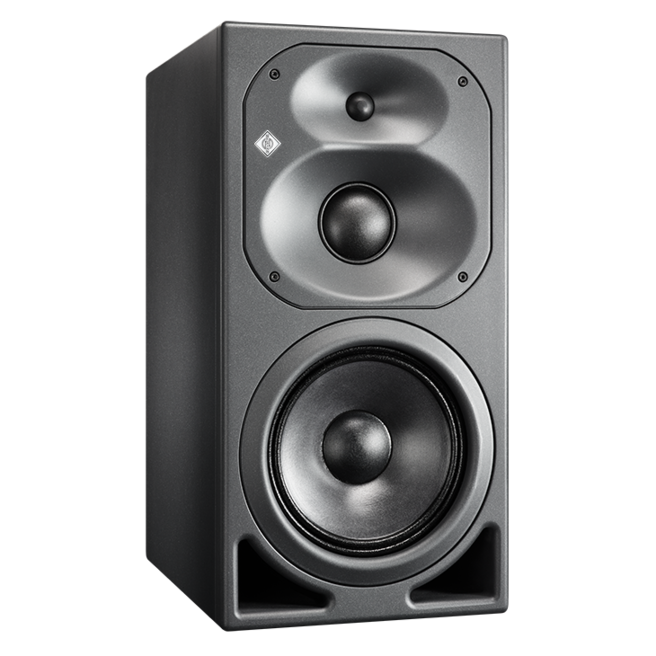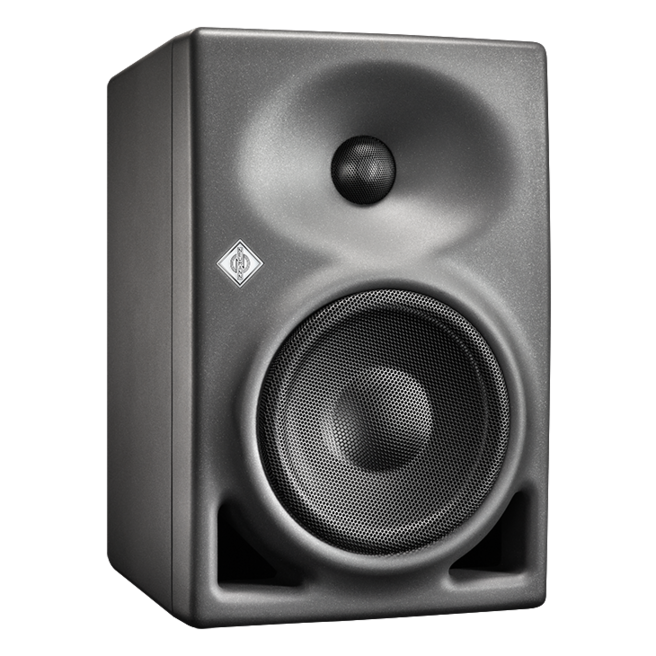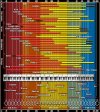MrHifiTunes
Active Member
- Joined
- Sep 25, 2020
- Messages
- 212
- Likes
- 62
Did I ? I do want to understand their design...not for judging someone option but for educational reason for myself.At various times you have stated that you want to understand why some listeners enjoy the WATT despite its clear measured flaws.
I dont see many yet. so far 2 people gave some good input why it is faulty and one is agreeing. But maybe I missed some...If you blink your eyes you are already 5 pages behind hereMany posters have explained why your presumptions were incorrect,
I dont claim that WA are geniuses...dont know where you get that from. I think the are just as good or bad like any other manufacturer out there.but somehow you keep coming back to them and seem to want to attribute some genius to WA engineers that are not supported by any facts in evidence.
What I do seek is : For me the graph of the individual drivers plot doesnt look like a normal XO design we know. Looks like they had a different approach. hence the question to know the view of others.
Also some DIY-ers have different approach eg. I saw someone who balance out the wobbly tweeter FR with the cabinet diffraction. Different approach...good/bad, I dont know...
Like I said I dont claim anything just trying to figure out their design. I mange to replicate their FR response...but I do not manage to get their directivity response to fill in the energy in the right places. SO I think Im not on the right track.Remember, if you are going to make such a claim, at the very least you need to have some objective supporting evidence to validate your claim. Let's go over some facts:
Maybe someone can do some reverse engineering of this design.
Once we know their design, we can estimate which design trade-offs they bring.
Then you can decide if they made the right choices for their design to meet their design-goals. (Im not interested in that, my goal is to learn and understand)
How more objective can you be?
As you know every decision you make in your designs is a trade-off. It is about finding the right balance and bring out those things which are most important to you.
It's like a spagetti...you pull one string and it start moving in places you didnt expect.
From the replication i try to make of their design, i saw when i go to far in one direction, linear phase and group delay start to become un acceptable. But like I mention before, im sure my design doesnt match theirs. (and I do can make a flat FR...but not what they did)
I dont care which brand we talk about here and which price point. Im interested to learn about the science behind their approach in designing.
True. I never questioned that did I? But look where he EQ. 1 for the bass bump then 1 around the resonance at 700Hz. and 1 at 5k. All where the in-room response is above the theoretical line. He didnt do anything about the 1-3k region where you have the big FR dips. (and someone mention that "we"only EQ bumps and not dips, but there are exaples where he did EQ dips.)Amir did not state the speakers were good without eq
I dont think he liked the highs. I think he called it showroom bright? But need to go back to the review to be sure.Amir did not state that even with eq, the tonality of the WATT was superior or equal to any number of far cheaper and better measuring speakers.
Amir did express a preference for the eq'd WATT against a very good measuring and 1/5 the cost Revel.
Amir stated that he preferred the highs and bass of the eq'd WATT.
I do think that a blind test would make us a lot wiser. I mentioned it before ....Any reasonable assumptions of preference of this speaker over the WATT would require a blind test, and preferably using trained evaluators
Dr. Toole's research tells him that evaluators should be young (20-40s?). Dr Toole, stoped participating in evaluations yrs ago despite being a VERY experienced tester because he considers his hearing flawed due to age.
Im not interested above 10k...the interesting part in this design is what is happening at 1-3k.Amir is in his 60's, his high frequency hearing is surely compromised. Is it reliable to 13KHz, 15KHz? I have no idea, but I certainly would not assume his hearing is discerning enough to evaluate speakers above 14KHz. His preference for the highs in the WATT could quite easily be related to limitations in his hearing at high frequencies (i.e. exaggerated highs will give a better sense of detail as opposed to a feeling of being exaggerated)
Well if the dynamics are there in the recording, if one is seeking true transparency it should bring out those dynamics swings no?Lastly, Amir like many listeners has expressed a liking for speakers that exhibit better dynamic range. The WATT has decent distortion figures and has a better dynamic range than the Revel's UT. A preference for dynamic range explains Amir's preference of the WATT over the Revel's far better than any of the magical explanations you seem to be seeking. A more interesting comparison would likely have been with the JBL 4349. It is a larger (and uglier for some) speaker than the WATT, but the latter cost at least 33% more. It is also flawed from some metrics' perspectives, but they exhibit excellent dynamic range.
Well I dont know there to place your comment. I responded to everyone out of respect and the time they took to answer my questions/thoughts same here.Here are Amir's impressions of the 4349:
"Beyond the bass the impression of the two speakers was so different. The salon 2 was producing a smooth, highly integrated sound column. The 4349 seemed to have a dual character where it would be come extremely lively with high frequency dynamics. This was super pleasurable but less refined than Salon 2's reserved but excellent reproduction. My thought during the whole affair was that you really wanted both of these speakers and use them based on mood and music.
This is one of few good sounding speakers that don't have the "Revel sound" to me. It is a different way of solving the same problem...
I hardly ever come home from a show thinking of replacing my speakers with anything I see there. The only exception was a set of large horn speakers that had dynamics that I could not replicate with my Salon 2s. The 4349 allowed me to get there and so points to high efficiency mattering. People routinely underestimate how much power it takes to reproduce dynamics well. Even my high power amplifier struggles to push the Salon 2 there. But with 4349, that struggle disappeared with a bunch of headroom left."
Nothing about the measurements suggests anything magical about the design of the WATT (or that it has elevated audio engineering in any fashion). The preferences expressed by Amir and DWI are easily explained without resorting to pretzel logic. Occam's razor clearly applies here unless there is some significant evidence to suggest otherwise.
Although I don't share DWI's view of WA, I find some posters attributions to him (e.g. intent, taste, faculties to make decisions [i.e. you gotta be a moron to choose the WATT over my preferred 1K speaker] extremely presumptuous, unfair (they have nowhere near the facts necessary to make any judgments about him or his choices), and quasi psychotic (i.e. if you don't see the world as I do, and judge as I do, then you are found wanting in a very substantial way).
Well, I am pretty sure I have offended a few already, so perhaps this is a good time to stop. Happy New Year.
Apart from knowing Amir preferences and hearing limitations I dont get much from this. Maybe Im missing it, then im sorry.
Like I mention before im into the science behind this speaker.
Trying to learn and understand. I dont care about the brand or price.
Maybe some can do the reverse engineering. in vuitixcad you can make simulations with "perfect" drivers so you're not tweaking on driver anomalies. I know many DIY-ers did this on commercial speakers and came pretty close.





